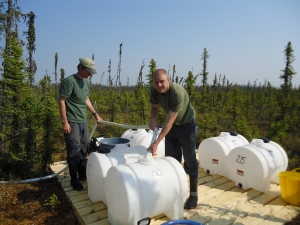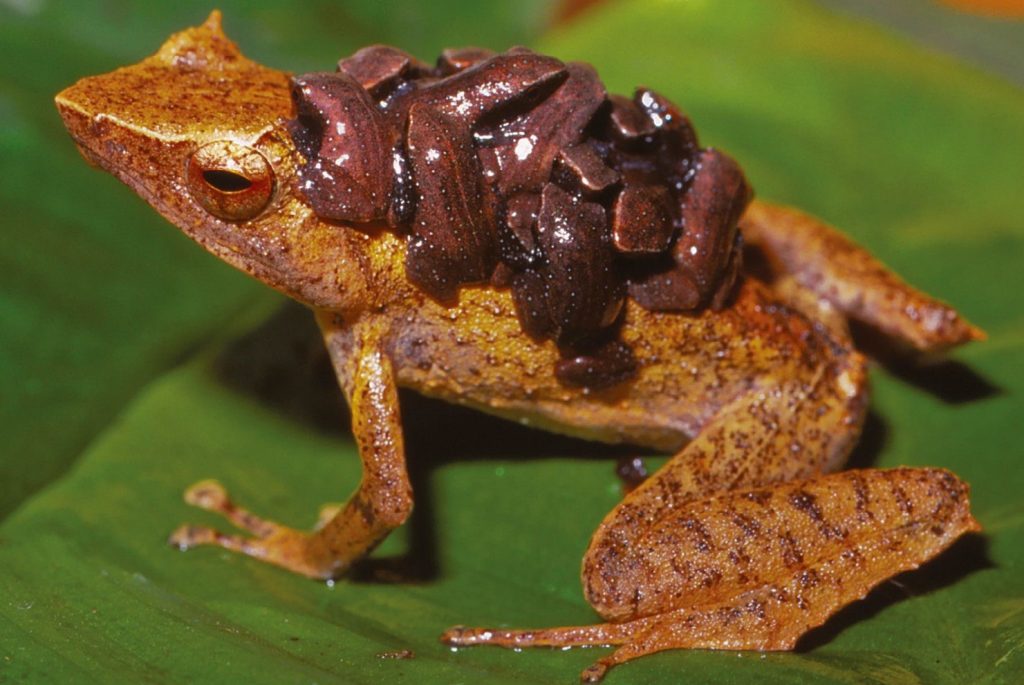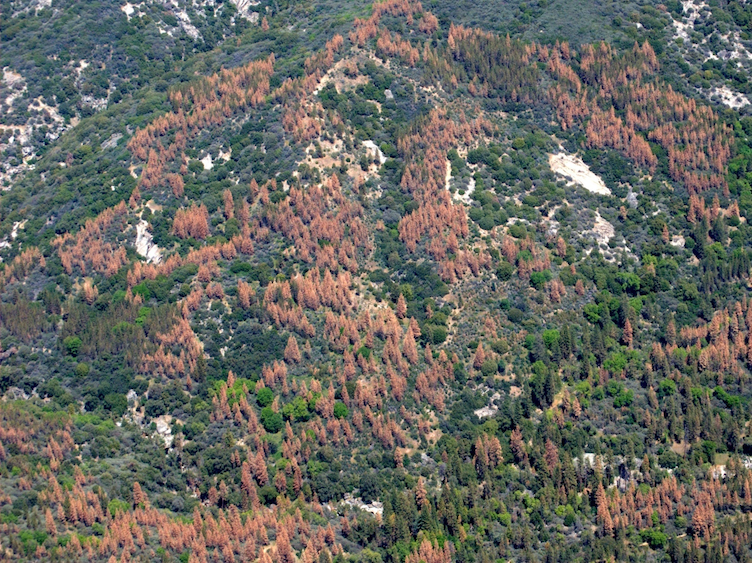
Is wildfire management ‘for the birds’?
By UC Berkeley 7/2/2019 Spotted owl populations are in decline all along the West Coast, and as climate change increases the risk of large and destructive wildfires in the region, these iconic animals face the real threat of losing even more of their forest habitat. Rather than attempting to preserve the owl’s remaining habitat exactly as is, wildfire management —…

















